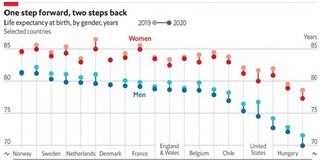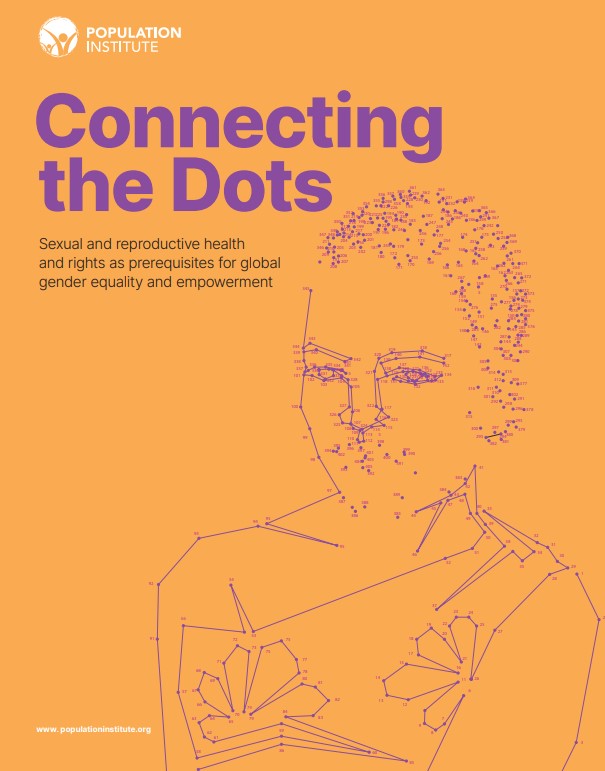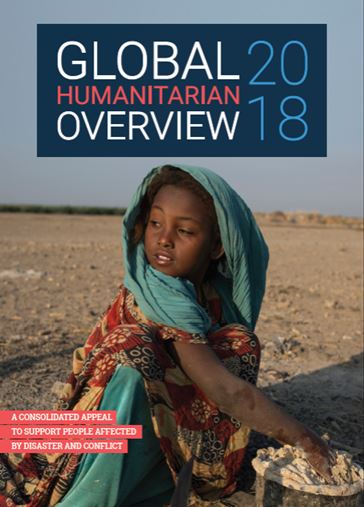In Many Rich Countries Covid-19 Has Slashed Life Expectancy to Below 2015 Levels
Извор: WUNRN – 05.10.2021

Last year only Danes, Norwegians and Finnish women enjoyed slight gains in longevity.
September 29, 2021 – The impact of covid-19 across countries is difficult. One reason is that official figures about virus-related deaths can be unreliable (our excess death model attempts to correct for this). Another is that mortality rates differ by age: the old are more likely to die from the disease than the young. So the effect of the virus on a country depends not only on mortality rates in each age group, but also on the age structure of its population.
One simple way to account for this is to look at life expectancy, the average number of years that a person can expect to live. To assess just how much damage the virus has done according to this measure, a team of researchers based across Britain, Denmark and Germany compared life expectancy in 28 countries and Northern Ireland before and after the start of the pandemic.
Life expectancy at birth dropped in all but two of the countries studied between 2019 and 2020. Only in Denmark and Norway, and for women in Finland, did it rise. America, which has reported the world’s highest covid-19 death toll, fared worst, with male life expectancy at birth falling by more than two years. But in many other countries, including Italy, Poland and Spain, more than one year was wiped off expected lifespans.
Demographers are used to seeing life expectancy rise steadily over time: in the 20th century lifespans in Britain rose by roughly three years every decade. The data from 2020 buck this trend. Life expectancy at birth last year fell below 2015 levels for women in more than half of the countries studied, and for men in more than a third. For many Western European countries, like Belgium and Spain, the drop was the largest in a single year since the second world war.
In many rich countries covid-19 has slashed life expectancy to below 2015 levels | The Economist



